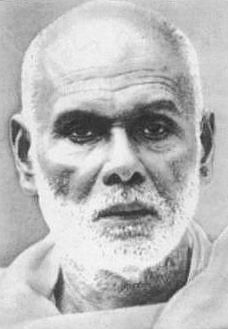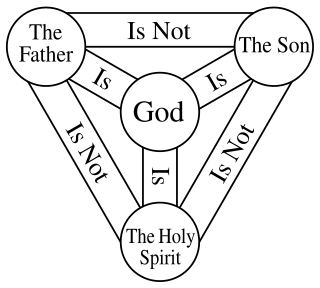Biography
| | This section needs expansion. You can help by adding to it. (June 2012) |
Early life
Parekh was born in 1885 at Rajkot of western Gujarat, India, in a family already following Jainism and Vaishnavism, specifically followed by his father. [1] [3]
It is said that his illness drew him closer to God in 1903; consequently, he read the entire Bible and a book about Swami Narayana in Gujarati language. Prior to that, at the age of fifteen, he seems to have already read The Use of Life written by John Lubbock, 1st Baron Avebury, and also The Imitation of Christ influencing him in moral and spiritual attraction at a younger age. After entering the University in Bombay, he was influenced and introduced to Christ through Christ-centric writings of Keshub Chunder Sen, a renowned leader of Brahmo Samaj; later, he served at Church of New Dispensation, founded by Keshub Chunder Sen, for some years. He was baptized to an Anglican church in Bombay on 6 February 1918, and thereby embraced Christianity. He considered himself as "Christian Hindu", having interpreted Hindu as a name[term] derived from river Indus in both national and cultural context, rather than religious context. [1] [3]
Hindu-Christian baptism
He was baptised into the Anglican Church, as he believed that he had no right to preach Christ without openly professing to be a disciple of Christ - he took baptism considering it as "a purely spiritual sacramental, signifying the dedication of the new disciple of Christ." He felt that any new disciple or convert of Christ ought to remain within his community and considered baptism in India as "joining community which stands as a distinct social and political body with its own airs and aspirations which are very often antithetical and far from Christian"; hence, he lived as a Hindu-Christian, [7] consciously Christian, but in Hindu surroundings like Brahmabandhab Upadhyay, Narayan Vaman Tilak, and Pandita Ramabai - all these were said to be Hindus by birth, but claimed to remain Christians. He denounced the Westernized church, as he felt it had become more communal body that was more political and social, rather than spiritual; furthermore, he felt culturally Church was "anti-national," and lost its identity as Christian. [1] [2] [3] [8] [9] [10] He did not believe that the Christian Church as set up in Europe would be able to adapt to the Indian way of life, eg, with the culture of vegetarianism being a normal way of life in India. [11]
Hindu Church of Christ
Having studied the Bible, he interpreted the victory of Jesus in accepting the Cross in a non-violent way; he considered the Christian church as the invention of Europeans and denounced the Christian church to had become a civil community, instead of a spiritual fellowship. [9] According to him:
It is very significant that the discovery of the true Jesus as distinguished from that of the Western Churches and Missions is largely due to the Hindu Mind. [2]
Having disillusioned by the westernized and materialistic attitude of the Church, he severed his ties with missions and churches, but remained committed to Jesus Christ, portraying himself as "Hindu disciple of Christ." As he was not comfortable and against the traditional concept of the Church as a separate religious community, he more or less kept loose association with Anglican church; instead, he advocated the House Church as a fellowship within the framework of Hindu cultural, and social categories. [1] [3]
The Hindu church will not be "hyper-organization" now existing as Church, but more as the Satsang (the informal gathering of truth-seekers for sharing and fellowship) as in the Hindu tradition. [3]
He founded the Hindu Church of Christ which he saw as being free from the Western concept of Church; furthermore, he named his home in Rajkot as Oriental Christ House. [1] [3]











